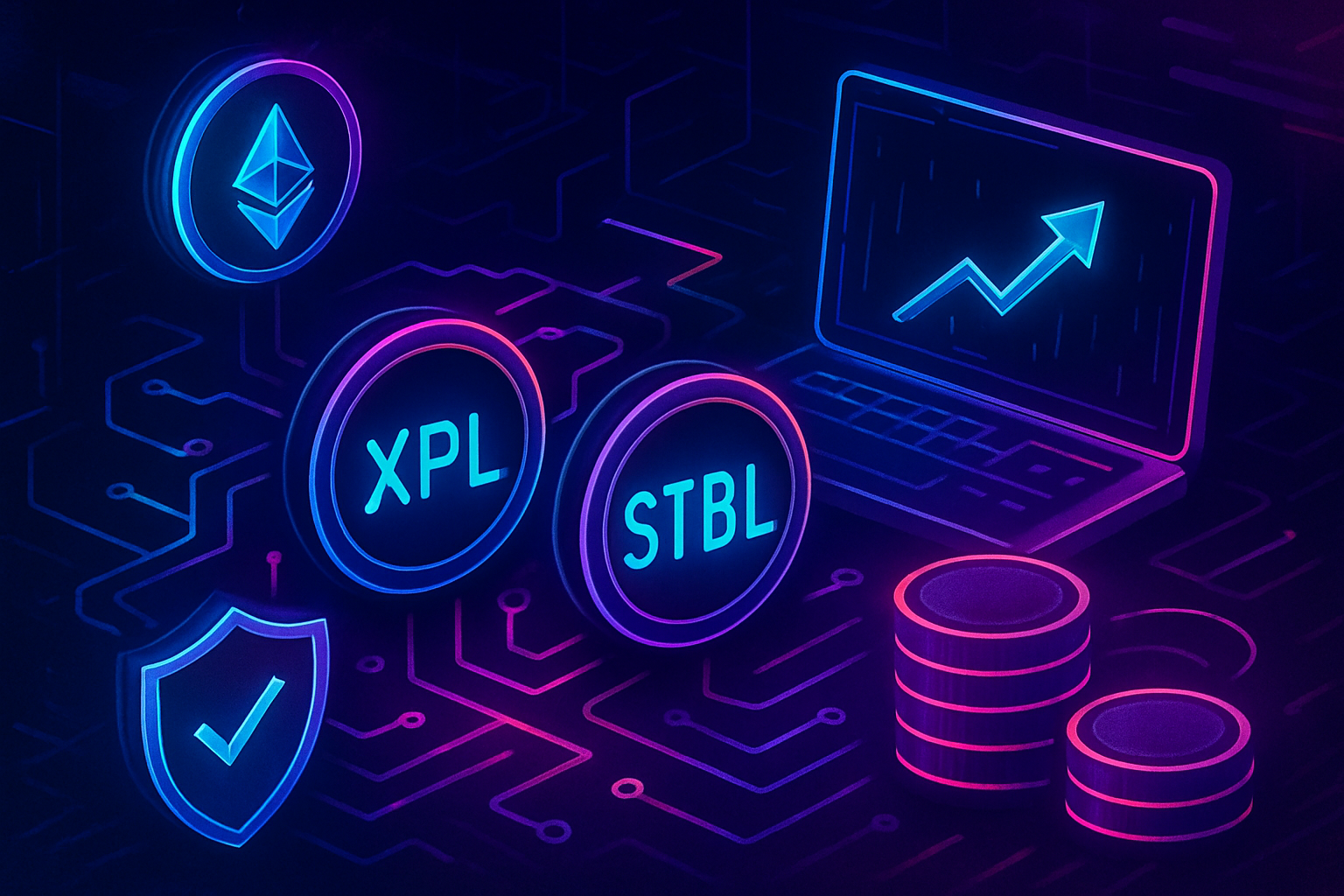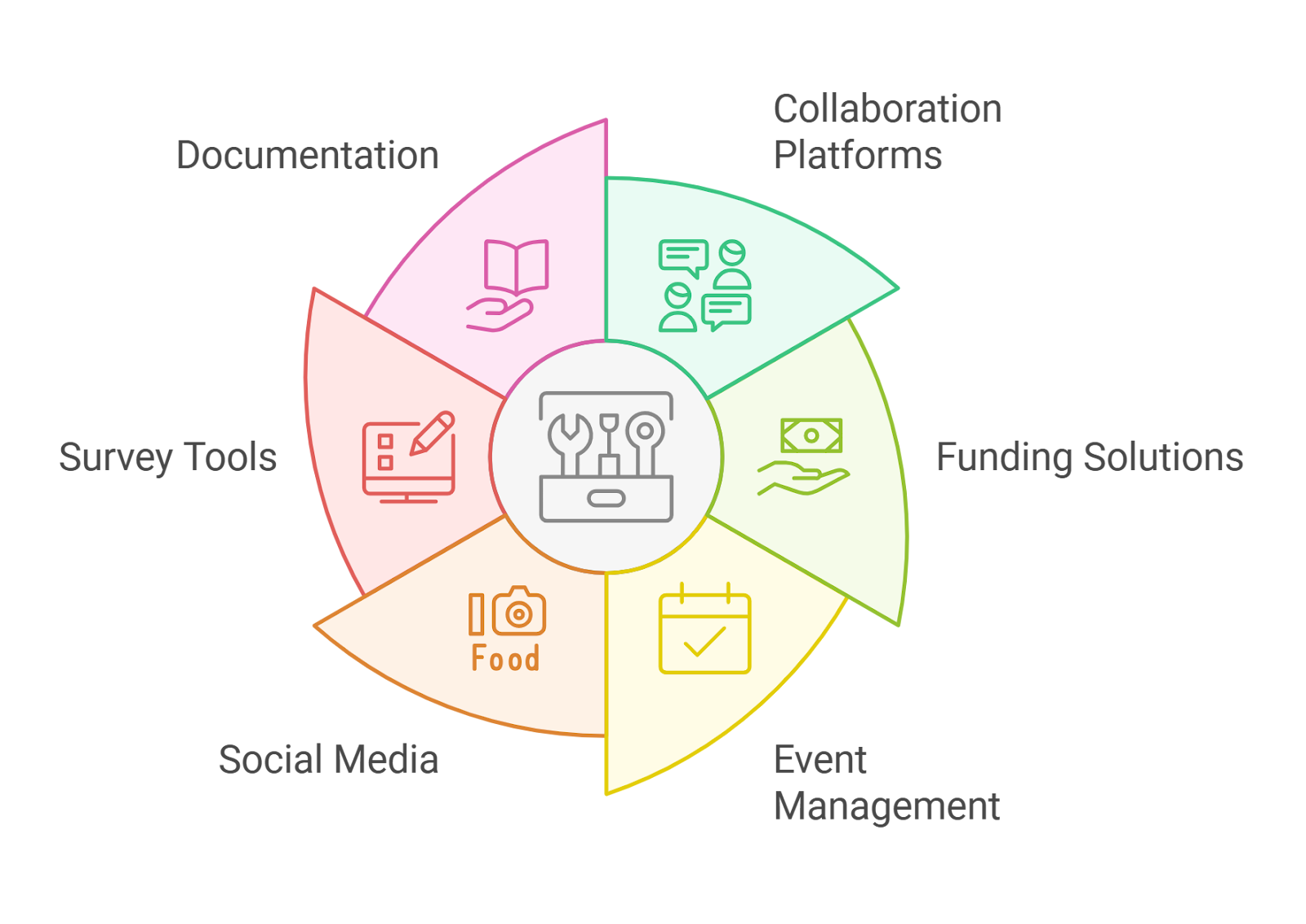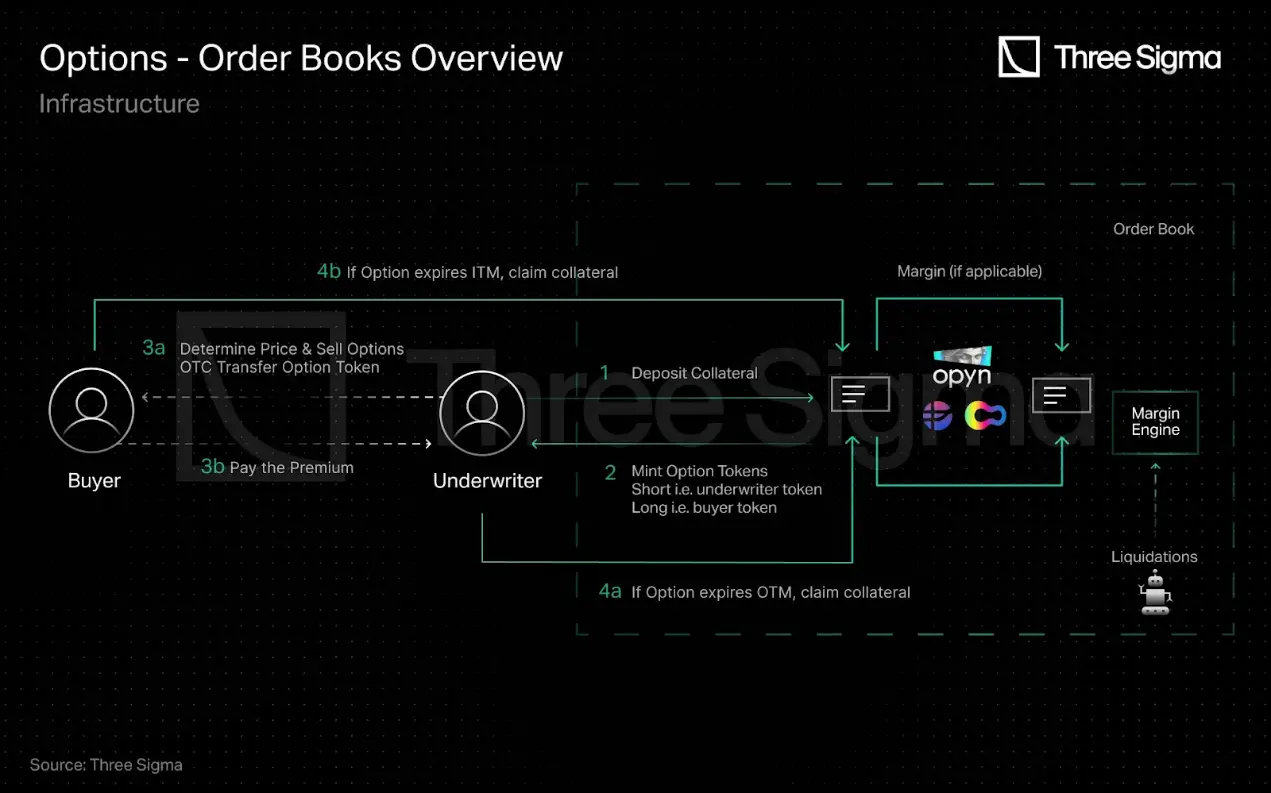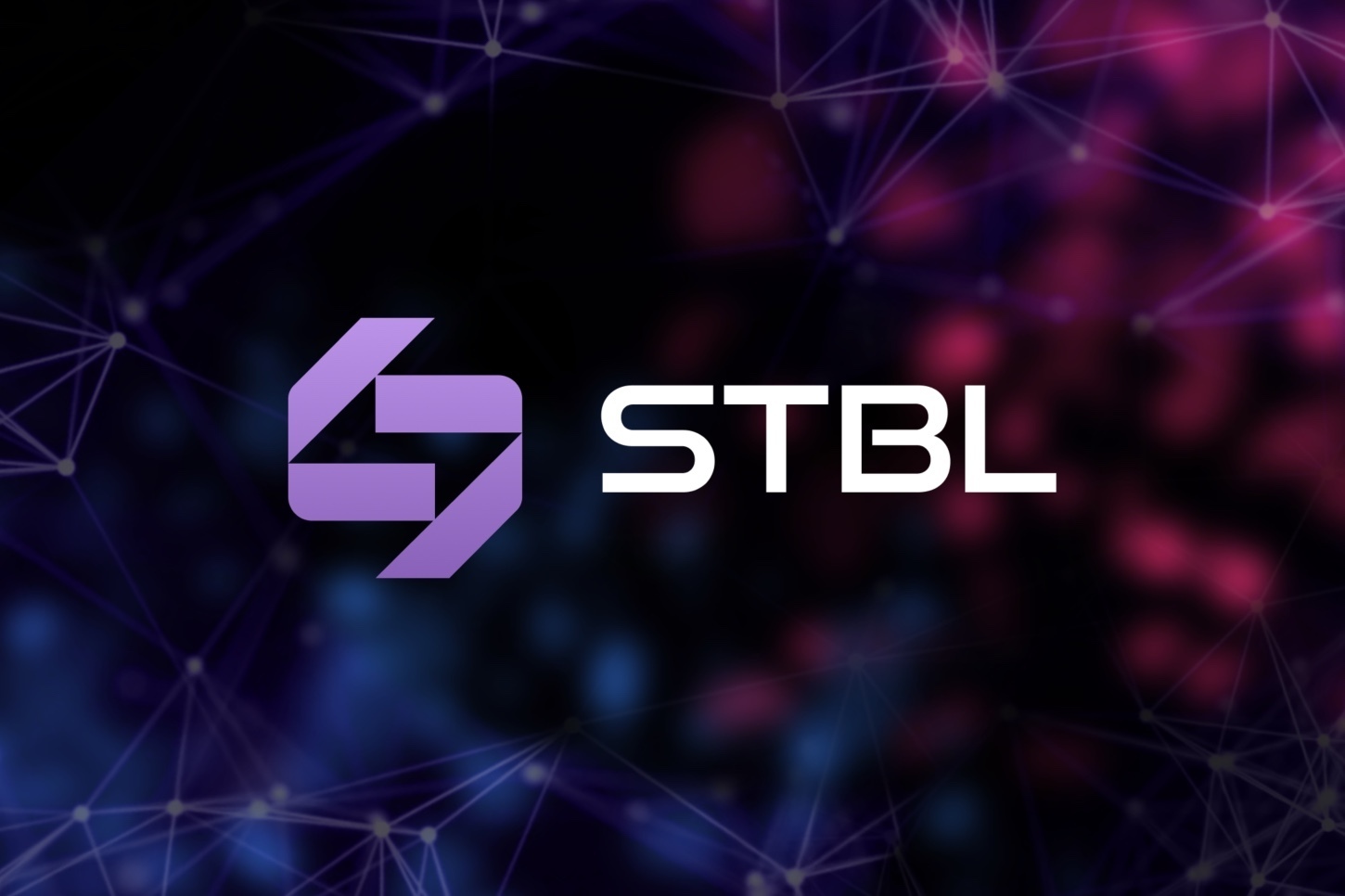
Stablecoin governance tokens like $XPL and $STBL are rapidly gaining traction among crypto traders seeking both yield generation and resilient risk management in 2025. As the market matures, the appetite for stable, yield-bearing assets is surging, especially in an era marked by altcoin volatility and regulatory scrutiny. The recent debut of STBL’s three-token system exemplifies how innovation is reshaping the stablecoin landscape, offering new tools for strategic portfolio construction and active risk mitigation.
STBL’s Three-Token Model: Redefining Stablecoin Utility
The STBL protocol introduces a sophisticated architecture that separates stability, yield, and governance into distinct tokens:
- USST (Stablecoin): Pegged to the U. S. dollar and backed by tokenized real-world assets (RWAs), USST acts as a stable medium of exchange within the ecosystem.
- YLD (Yield-Bearing Token): When users deposit RWAs to mint USST, they simultaneously receive YLD tokens. These represent a claim on the yield generated by the underlying collateral.
- STBL (Governance Token): STBL empowers holders to vote on protocol parameters, collateral types, fee structures, and upgrades – ensuring community-driven evolution.
This modular approach allows traders to unbundle risk and reward: use USST for liquidity or payments, hold YLD for passive income, or participate in governance with STBL. Notably, this structure addresses many of the technical and economic risks flagged in recent stablecoin security assessments (Elliptic), since over-collateralization with RWAs like U. S. Treasuries adds a layer of transparency and regulatory alignment.
$STBL Price Action: Navigating Current Market Dynamics
As of September 28,2025, $STBL is trading at $0.428311, with an intraday high of $0.478009 and a low of $0.390033. This relatively tight range reflects both cautious optimism from early adopters and broader market uncertainty as traders weigh new protocols against established stablecoins.
The introduction of STBL’s governance framework has drawn attention from both institutional investors and DeFi enthusiasts who recognize that decentralized control over risk parameters can be a powerful hedge against systemic shocks. In periods when BTC/ETH stagnate or altcoins experience sharp corrections – as seen during the so-called “Crypto Hell” period – protocols like STBL offer diversified exposure without sacrificing capital stability.
Yield Generation Strategies Using Governance Tokens
The primary appeal of stablecoin governance tokens lies in their dual role: not only can they accrue value through protocol growth, but they also unlock access to on-chain yields that are more transparent than those offered by opaque CeFi platforms. Here’s how it works within the STBL system:
- Deposit RWAs: Users supply eligible real-world assets into the protocol treasury.
- Mint USST and Earn YLD: For every USST minted (pegged to USD), users receive YLD tokens which entitle them to ongoing yield from RWA performance.
- Stake or Vote with STBL: Holders can stake their STBL tokens for additional rewards or participate in key governance decisions affecting protocol economics.
This separation allows active traders to deploy capital flexibly while retaining exposure to underlying yields – an attractive proposition during periods when DeFi rates elsewhere compress due to market saturation or regulatory headwinds (DropsTab). With protocols like Pendle Finance offering fixed yields up to 13%, competition is fierce; however, the RWA backing and transparent governance model give STBL a unique edge among next-gen stablecoins.
XPL Stablecoin Governance Token (XPL) Price Prediction 2026-2031
Professional outlook based on current market context, governance trends, and stablecoin innovations.
| Year | Minimum Price | Average Price | Maximum Price | Year-over-Year Change (Avg) | Market Scenario Insights |
|---|---|---|---|---|---|
| 2026 | $0.35 | $0.52 | $0.68 | +21% | Regulatory clarity and RWA adoption drive growth, but stablecoin sector volatility persists. |
| 2027 | $0.45 | $0.66 | $0.94 | +27% | Expansion of yield products and interoperability boosts demand; increased competition from new protocols. |
| 2028 | $0.53 | $0.80 | $1.12 | +21% | Maturing DeFi landscape and institutional adoption; potential for regulatory headwinds. |
| 2029 | $0.60 | $0.97 | $1.35 | +21% | Innovations in governance and risk management attract more capital; macroeconomic shifts impact yields. |
| 2030 | $0.73 | $1.12 | $1.58 | +15% | Stablecoin sector consolidates; tech upgrades and broader RWA integration support price. |
| 2031 | $0.82 | $1.25 | $1.80 | +12% | Market matures, volatility decreases, but upside tied to overall crypto adoption and regulatory harmonization. |
Price Prediction Summary
The outlook for XPL through 2031 is moderately bullish, with average prices expected to rise steadily as the protocol matures and adoption of RWA-backed stablecoin ecosystems grows. Minimum and maximum price ranges account for regulatory, competitive, and technical risks. Governance utility and yield participation are key drivers, while macroeconomic and sector-specific volatility will continue to influence price swings.
Key Factors Affecting XPL Stablecoin Governance Token Price
- Adoption of RWA-backed stablecoin models and DeFi protocols.
- Regulatory developments in the stablecoin and governance token space.
- Technological improvements in protocol security, yield mechanisms, and interoperability.
- Expansion of governance-driven utility and protocol upgrades.
- Competition from established and emerging stablecoins/governance tokens.
- Macro crypto market cycles and investor sentiment.
Disclaimer: Cryptocurrency price predictions are speculative and based on current market analysis.
Actual prices may vary significantly due to market volatility, regulatory changes, and other factors.
Always do your own research before making investment decisions.
Risk Management Innovations in Modern Stablecoins
The evolution of risk management tools is just as critical as yield opportunities for today’s crypto investor. The STBL protocol employs several mechanisms designed explicitly for resilience:
- Diversified Collateral Pools: By using tokenized U. S. Treasuries and other RWAs as backing assets, systemic risk is reduced compared to crypto-only models.
- LAMP (Liquidity and Minting Pool): Automated stabilization ensures USST maintains its peg even during high volatility events.
- Community Governance: Decentralized voting on supply controls and fee adjustments allows rapid response to emerging threats or opportunities – something centralized issuers cannot match.
This multifaceted approach aligns with top strategies outlined by analysts tracking crypto risk management trends for 2025 (Token Metrics). As regulatory frameworks tighten globally, protocols that demonstrate robust internal controls while remaining agile will likely outperform less adaptive peers.
Looking ahead, the competitive landscape for stablecoin governance tokens is intensifying as protocols like STBL and $XPL pioneer new models for yield distribution and risk management. As traders seek safer harbors in a market still reeling from altcoin volatility, these tokens are fast becoming essential tools for both tactical and long-term portfolio strategies.
Comparing $STBL and $XPL: Strategic Considerations
While both $STBL and $XPL leverage governance-driven frameworks, their approaches to yield and risk differ in subtle but important ways. $STBL’s three-token structure, USST for stability, YLD for yield, STBL for governance, offers flexibility and transparency. In contrast, $XPL emphasizes protocol-level incentives tied directly to ecosystem growth, often rewarding early adopters with higher governance weight or bonus yields.
Key Differences: $STBL vs $XPL Stablecoin Governance
-

Collateral Backing: $STBL is backed by tokenized real-world assets (RWAs) such as U.S. Treasury Bills, ensuring transparency and regulatory alignment. $XPL, by contrast, typically employs crypto-native collateral, which may expose it to higher market volatility.
-

Governance Structure: $STBL utilizes a decentralized, on-chain governance model where token holders vote on protocol upgrades, risk parameters, and fee structures. $XPL governance is often more centralized, with core team oversight and limited community input.
-

Yield Distribution Mechanism: $STBL introduces a three-token system (USST, YLD, STBL) that separates yield rights (YLD) from liquidity (USST), enabling users to claim yield independently. $XPL generally uses a single-token model, where yield and governance are bundled together.
-

Risk Management Approach: $STBL employs over-collateralization, diversified RWA allocation, and automated peg stabilization (LAMP) to mitigate risks. $XPL typically relies on crypto collateral and algorithmic stabilization, which can be more susceptible to market shocks.
-

Regulatory Compliance: $STBL is designed to align with evolving regulatory standards by leveraging transparent RWA backing and compliance-focused governance. $XPL may face greater regulatory uncertainty due to its crypto-native collateral and less transparent governance.
For traders, the choice often comes down to risk appetite, time horizon, and desired involvement in protocol decisions. Those seeking passive income with minimal active management may prefer the auto-compounding yields of YLD tokens within the STBL ecosystem. Meanwhile, active participants who want a say in protocol direction, or those speculating on future utility upgrades, may find greater value in accumulating governance tokens directly.
Managing Risk with On-Chain Transparency
Transparency remains a defining advantage of next-gen stablecoins. With on-chain collateralization data, real-time audits of reserve assets, and open-source codebases, protocols like STBL allow users to independently verify the security of their holdings. This stands in stark contrast to earlier stablecoins whose opaque reserves led to periodic crises of confidence.
Risk management is further enhanced by community-led adjustments: if macro conditions shift or a specific RWA class becomes volatile, token holders can swiftly vote to update collateral requirements or fee structures. This agility helps insulate portfolios from systemic shocks, a critical consideration as regulatory oversight increases worldwide.

Practical Strategies for 2025: Yield Without Compromise
For those navigating today’s market environment, with $STBL trading at exactly $0.428311: several practical strategies stand out:
- Diversify Collateral Exposure: Allocate across multiple RWA-backed protocols to reduce single-point-of-failure risk.
- Stake Governance Tokens: Lock up $STBL or $XPL for voting rewards or protocol incentives while retaining upside from potential token appreciation.
- Monitor Peg Stability: Use tools like LAMP pools to track USST’s peg performance; exit positions if deviations persist beyond historical norms.
- Engage in Governance: Participate actively in votes on collateral mix or fee changes, these decisions directly impact both yield sustainability and systemic safety.
The combination of transparent yield mechanics and robust community controls is driving adoption among investors wary of legacy CeFi risks or unstable altcoins. As highlighted by recent analyst reports (Token Metrics, DropsTab), protocols that balance innovation with prudence are best positioned as crypto matures into a more regulated asset class.
The bottom line: Stablecoin governance tokens like $STBL and $XPL are no longer niche instruments, they’re foundational elements for any crypto trader seeking sustainable yield without compromising on risk controls. As always, remain vigilant about evolving market conditions before making allocation decisions.






